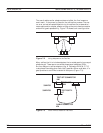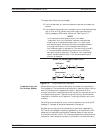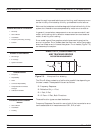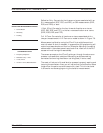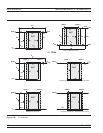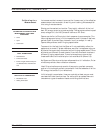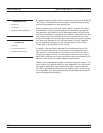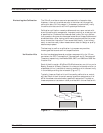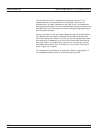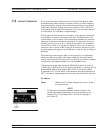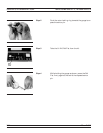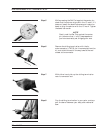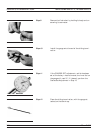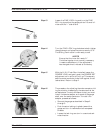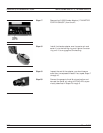
Evaluating the Calibration The 37xxxE provides an accurate representation of complex data.
However, it can only provide accuracy to the extent of the supplied
calibration data. For this reason, it is necessary to periodically verify
the calibration data and the 37xxxE system performance.
Calibration verification reveals problems such as a poor contact with
one of the calibration components, improper torquing, or a test port out
of specification. Problems like these can easily occur during a calibra
-
tion procedure. Anyone who has experienced one of these problems and
stored bad data—after having performed a complete calibration proce
-
dure—knows the frustration it can cause. Additionally, it can be very
costly to use incorrectly taken measurement data for design or quality
assurance purposes.
The best way to confirm a calibration is to measure a precision,
known-good device and confirm its specifications.
Verification Kits Anritsu has developed several precision-component kits: for 3.5 mm
connectors, for GPC-7 connectors, K Connectorsâ and V Connectorsâ.
These are, respectively, the Models 3666, 3667, and 3668 and 3669 Ver-
ification Kits.
Each of the kits contain 20 dB and 50 dB attenuators, an airline, and a
Beatty Standard. A Beatty Standard is a two-port mismatch similar to
a beadless airline. It consists of a center conductor with a discontinuity
in the middle providing the mismatch (Figure 7-7).
Typically, these verification kits will be used by calibration or metrol-
ogy labs. Each of the kits contain several precision components, all of
which have been characterized at specified frequencies. The data on
these components is stored on a disk provided with the verification kit.
37xxxE OM 7-11
MEASUREMENT CALIBRATION DISCUSSION
S
1 1
5 0
9
2 5
9
5 0
9
5 0
9
Figure 7-7. The Beatty Standard




